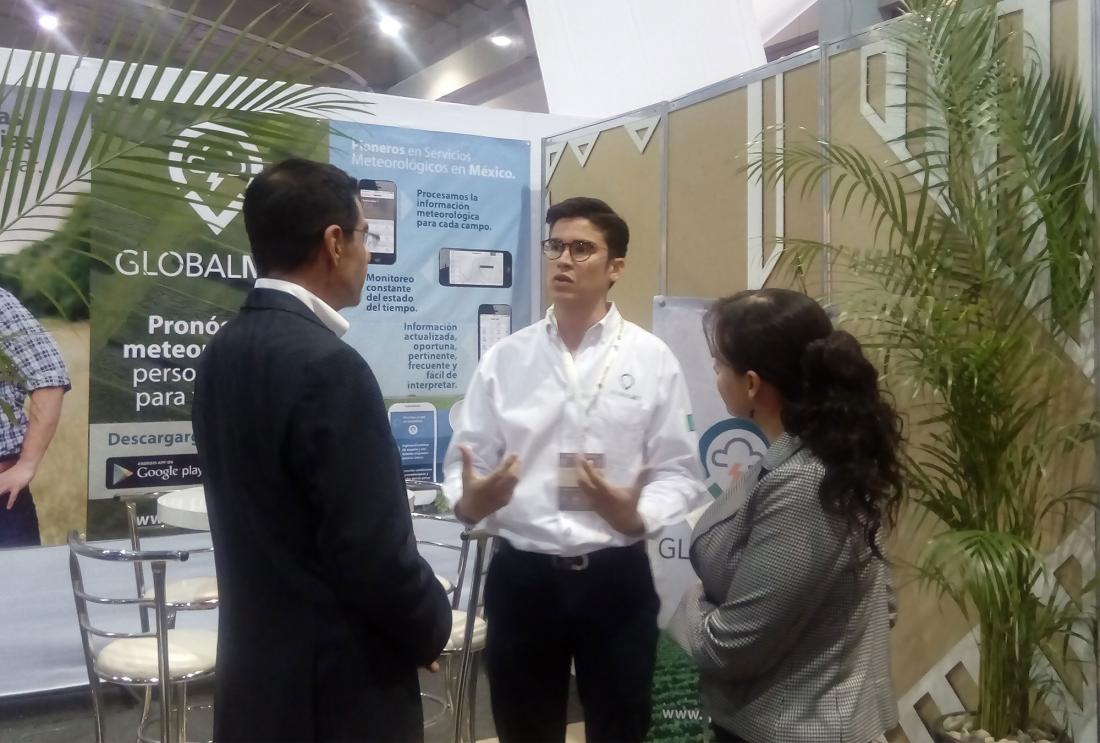Promoting High Impact Entrepreneurship in Mexico
- Small and medium enterprises
- Earnings and income
- Empowerment
- Cash transfers
- Unconditional cash transfers
A lack of access to finance can impede the potential for growth among small firms. To meet this finance gap and to encourage high-growth entrepreneurship, governments and multilateral agencies throughout the developing world often directly fund small and medium enterprises. Governments, however, have little guidance when it comes to choosing the firms with growth potential, and making sure that limited funds are targeted where they will spur the most growth. In Mexico, researchers are evaluating the impact of providing government funding to small enterprises, and whether different types of selection panels are more effective at selecting firms with high growth potential.
Policy issue
High-impact entrepreneurs can create and grow businesses that provide jobs and income not only for themselves, but also for others. However, lack of access to finance can impede the potential for growth among small firms. To meet this finance gap and promote business development and innovation, governments and multilateral agencies throughout the developing world are turning to matching grants, through which a firm receives a grant after committing to contribute or raise other funds. The World Bank, for instance, has invested close to $1.2 billion dollars in matching grants for more than sixty projects targeting small and medium enterprises (SMEs).1
However, the impact of public funds on firms’ performance is unclear. For example, public financing may crowd out private investments. It may also be difficult for governments to direct funding towards businesses that will use the money most effectively, or those that need it most. This randomized evaluation in Mexico will rigorously assess the impact of providing matching grants for high-impact entrepreneurs as well as factors that can maximize these impacts.
Context of the evaluation
Weak financial markets, regulatory barriers, and inefficient support have hindered the growth of knowledge-based SMEs in Mexico, which lags behind the SME growth in other countries at similar levels of technological and scientific development, according to the OECD.2 To address this challenge, the National Institute of the Entrepreneur (INADEM in Spanish) established the High Impact Entrepreneurship Program (HIEP), which supports innovative SMEs with high economic growth potential or the potential for high social and environmental impact. Through an application process, the HIEP identifies and provides matching grants of up to $170,000 in funding for start-up firms and $280,000 for firms looking to scale. In 2016, the program expects to fund 150-200 firms among 1,000 applicants. To chosen businesses, INADEM will grant 70% to 80% of the amount requested, while the entrepreneur commits to financing the remaining 20% to 30%.

Details of the intervention
In partnership with INADEM, researchers are conducting a randomized evaluation of the High Impact Entrepreneurship Program to measure the impact of providing matching grants on the performance of SMEs, and how best to target firms with the highest potential for growth. Applicants will be screened by two types of selection panels: a traditional and a specialized panel. Firms scored above the selection threshold by one or both panels will be eligible to receive funding. The program anticipates that about 1,000 firms will apply, among which 400 firms will be deemed eligible. A random half of these eligible firms will be selected to receive funding; the other half, which does not receive funding, will form the comparison group.
Currently, proposals are evaluated by traditional panels composed of individuals with graduate degrees in social sciences and some training in cost-benefit analysis but typically without entrepreneurial experience or specific industry expertise. In contrast, the specialized panel will simulate the selection process within private sector venture capital firms, and will include individuals with entrepreneurial experience or with expertise in a given firm’s industry. Both panels will score applicants based on four criteria: the entrepreneurial team’s profile; the firm’s technical, financial, and business viability; the firm’s potential impact; and the types and number of jobs that will be created by the firm.
Data on firm performance will be collected through surveys one and two years after the grants are rewarded. Researchers will compare performance measures among firms that receive and do not receive funding to assess the impact of the matching grants on firm performance. A comparison of outcomes among firms that were approved by only the traditional panel to those approved by only the specialized panel will demonstrate which panel was most effective in choosing successful businesses.
Results and policy lessons
Project ongoing. Results forthcoming.

